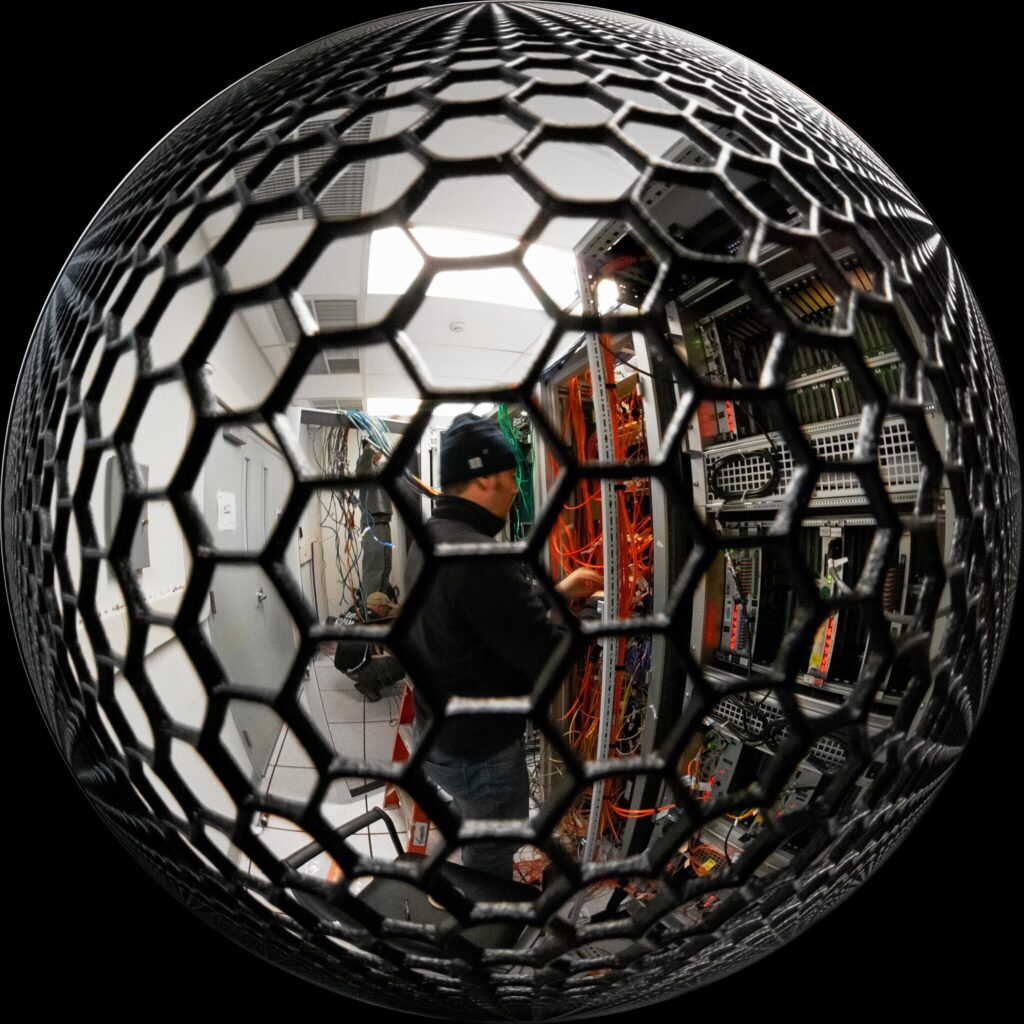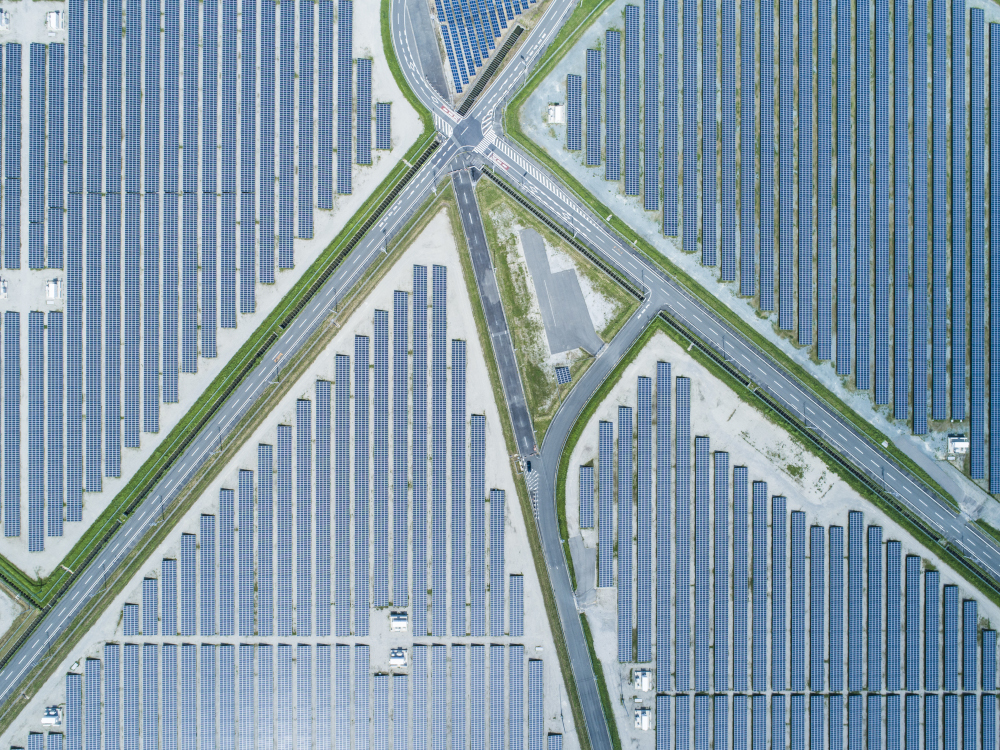Analysis: Asian term loans return for Australian infra
Debt, with longer tenors, appeal to Asian debt investors due to the strong credit quality of the borrowers, the stability of jurisdiction and relative yield. Rob Clow reports.
Seven years ago, in an Australian debt market quite different from today’s, a wave of Samurai and Ninja refinancings occurred.
These long-dated facilities depended on Japanese investors’ hunger for yield, and comfort with specific Australian counterparties.
The 2017 refinancing of the Victorian Desalination Plant spurred the Samurai trend, and the 2018 refinancing of the Sydney Desalination Plant in neighbouring New South Wales followed it. In 2018 and 2019, investors such as Palisade Investment Partners and Infrastructure Capital Group – now Foresight – matched the long-dated offtakes from AGL Energy for their renewables projects with long-dated funding.
Then, the Samurais disappeared.
“There was a brief period where there was liquidity at very attractive long-term pricing,” recalls Simon Parbery, a partner at Palisade, which was an active borrower in the previous wave. “Ourselves and some other borrowers took advantage of this dynamic in the renewables and PPP space.”
| Project | Financial Close Date | Total Loan (AUD)m | Mandated Lead Arrangers |
|---|---|---|---|
| Victoria Desalination Plant Refinancing (2017) | 19-10-2017 | 766.1 | Mitsubishi UFJ Financial Group (MUFG & BTMU) |
| Sydney Desalination Plant Refinancing (2018) | 26-02-2018 | 1,680 | Mitsubishi UFJ Financial Group (MUFG & BTMU) |
| Hallett 4 132.3MW Onshore Wind Refinancing (2018) | 30-10-2018 | 337.8 | Australia and New Zealand Banking Group (ANZ), Mizuho Bank, National Australia Bank (NAB), Westpac Banking Corp, Mitsubishi UFJ Financial Group (MUFG & BTMU |
| Waterloo Wind Farm 131MW Refinancing (2018) | 30-11-2018 | 145.19 | Mitsubishi UFJ Financial Group (MUFG & BTMU) |
| Macarthur 420MW Wind Farm Refinancing (2018) – 2 | 13-12-2018 | 433.45 | BNP Paribas, ING Group (ING), Mizuho Bank, Mitsubishi UFJ Financial Group (MUFG & BTMU) |
| Hallett 1 Wind Farm 94.5MW Refinancing (2019) | 29-03-2019 | 160 | National Australia Bank (NAB) |
| Neerabup Power 330MW Refinancing (2019) | 12-07-2019 | 260 | National Australia Bank (NAB) |
Now, Asian term loans – Samurais or Ninjas with a broader base of investors – are back.
Tilt Renewables and Intera Renewables – Palisade’s renewables platform – have both closed Asian term loans. Squadron Energy has been exploring a similar financing for its CWP Renewables vehicle. Data centre company CDC is in the market with its own AUD 300m (USD 196m) multi-tranche, dual currency deal.
“The Australian market finds it very hard to price tenor,” says David Fair, senior director in PwC’s energy transition deals team who connects South Korean and Japanese investors with Australian infrastructure funds and renewable energy developers, explaining one reason for the resurgence. “Typical Australian mini-perm loans have three-, five- or seven-year tenors. Asian term loans go out to seven or 10 years or more.”
“They offer competitive pricing, longer tenor debt and diversified funding sources,” he adds.
Banks are now circling back to some of the investors who bought into Samurais during the last wave, but this time they are reaching out to a broader pool of investors.
“ATLs appeal to Asian debt investors due to the strong credit quality of the borrowers, the stability of jurisdiction and relative yield,” says Isami Morris, head of project and corporate finance, Australia and New Zealand, at Korea Development Bank, whose bank has bought into one of the deals.
“ATLs have also provided a good entry point for banks looking to participate in the Australian renewables sector. ATLs have played a significant part in Korea Development Bank’s strategy to increase our foothold in Australia and New Zealand.”
Squadron’s roadshow went through Singapore and Taiwan, as well as Tokyo. South Korean investors, like KDB, are increasingly hungry for Australian renewables assets.
| Project | Financial Close Date | Total Loan (AUD)m | Mandated Lead Arrangers |
|---|---|---|---|
| Coopers Gap Wind Farm and Tilt Renewables Assets Refinancing (2023) | 23-06-2023 | 1516 | Australia and New Zealand Banking Group (ANZ), Bank of China (BOC), BNP Paribas, China Construction Bank, Commonwealth Bank of Australia (CBA), Credit Agricole CIB, DBS Bank, DNB, HSBC, Industrial and Commercial Bank of China (ICBC), ING Group (ING), Mitsubishi UFJ Financial Group (MUFG & BTMU), National Australia Bank (NAB), Oversea-Chinese Banking Corporation (OCBC), Sumitomo Mitsui Banking Corporation (SMBC), United Overseas Bank (UOB), Westpac Banking Corp, Mizuho Bank |
| Tilt Renewables (Pisa Acquisition Finance Co Pty Ltd) Refinancing (2024) | 19-04-2024 | 750 | Bank of China, Commonwealth Bank, Mizuho, HSBC |
| Canberra Data Centres (CDC) Additional Financing (2024) | Ongoing | 300 | – |
“Chasing relative yield is important for these investors,” says Tarek El-Rakshy, Managing Director and Head of Structured Finance at SMBC Australia. “They don’t usually have primary access to deals in the Australian market to the extent that they want access to this market and the relative higher yield than the Asian market.”
Australian issuers, like Palisade, are now better able to tap into the Asian term loan markets because unlike the single asset renewables deals that they previously financed they are now bringing portfolios of renewables deals to market.
Palisade’s Intera is one of a fairly new breed of Australian renewables platforms. Tilt and Squadron’s CWP are similar. They are broad-based platforms with a variety of operating and development assets in a range of different geographies within Australia.
Their size means that they can manage their refinancing risk more proactively than previously when managers were largely focused on single asset deals.
“As these platforms develop, they have got scale and they have got their own internal treasury functions,” notes Fair. “It is good treasury practice to be able to stagger your debt profile to avoid refinancing risk.”
Their diversification is also a plus for lenders, who might not want to be exposed to single asset risk. Historically, Asian lenders shied away from construction risk, but they may now be comfortable with some greenfield financing in the context of a larger brownfield portfolio.
The structures were initially unfamiliar, however.
“There was there was quite a lot of education required on the platform,” recalls Palisade’s Parbery. “Asian investors haven’t seen many platform deals in the renewables space. They invest globally but I would say the renewables platform structure that we’re seeing here is a bit nuanced to Australia.”
“These investors are well exposed to single asset financings across other jurisdictions, and we needed to focus on the benefits of the platform structure and the platform’s growth strategy as part of the credit positioning exercise” he adds.
With these new platforms, El-Rakshy argues that Australia’s maturing renewables market has created structures that are more similar to traditional infrastructure – an area that many Asian term loan investors were already very comfortable with.
Digital Infra
“The ones that have had success are those that are able to demonstrate reasonable tenor PPAs and able to show almost infrastructure-like characteristics,” he says. “I think to go up with a portfolio, that’s heavily merchant and you’re asking people to take construction risk but also curtailment risk, I think that will be quite challenging.”
One area of strong current interest is digital infrastructure with capital hungry CDC just one group seeking debt from Asian investors.
“Obviously, everybody’s hearing about processes for AirTrunk and Global Switch and if investors don’t get access to them in the primary market, then getting them in the secondary or via a subsequent trade in the form of an Asian Term Loan is a consolation prize,” El-Rakshy said.
There are some alternative sources of long-dated funding. European banks have historically been more comfortable lending at longer tenors and Deutsche Bank chose to lend half of the money Intera was seeking, and to hold on to it. MUFG syndicated much of its half.
“Japanese and Asian investors have become strategically important. They provide diversity and tenor and are a very reliable liquidity pool,” says James Poulos, managing director and co-head of debt capital markets, Australia and New Zealand, at MUFG.
“The advent of the Japanese and Asian term loan market has provided an avenue for these investors to gain access to paper that would not have otherwise been available, given that the Australian loan market for the most part is revolving in nature,” he adds.
Some borrowers also go to the US private placement (USPP) market for long-dated funds. CDC borrowed in the USPP market before it launched its Asian term loan. ICG also tapped the USPP market for one of its long-dated deals during the last Samurai wave.
Borrowing in the USPP market typically requires a credit rating and that was something that Palisade was not interested in getting for Intera at this point in its development.
“As these renewable portfolios get to a scale where bond market liquidity is required we foresee growing interest from sponsors in pursuing formal ratings to open these markets in due course,” predicts Poulos.










